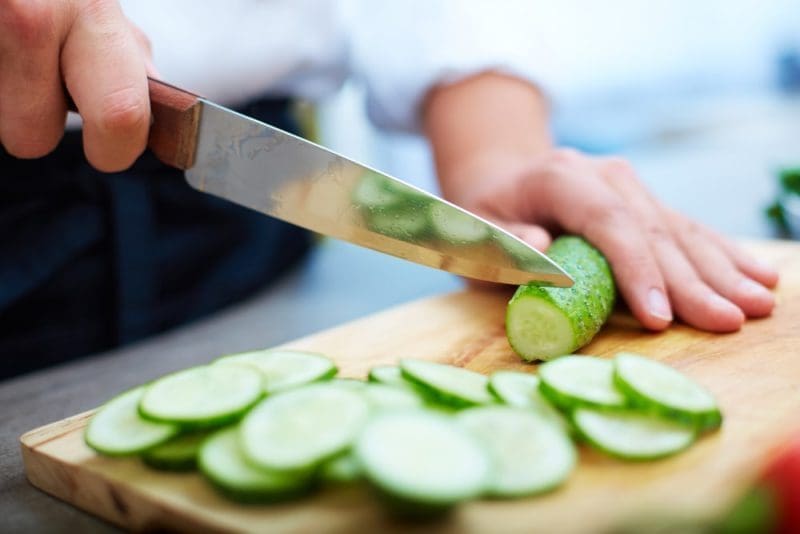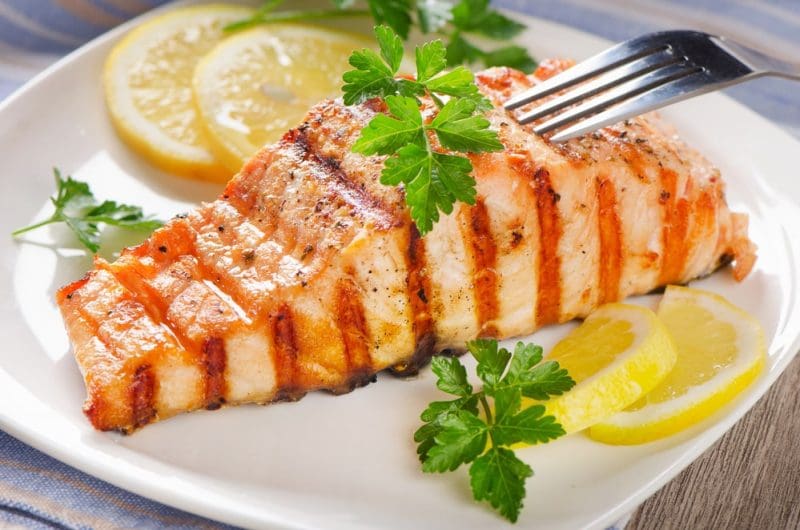Safety is of the utmost importance for any food manufacturing environment. All it takes is for one oversight to compromise the necessary levels of standards and hygiene. When that
occurs, it can result in various consequences, including heavy financial penalties,
reputational damage, and even industry disqualification.
To minimize the possibility of that happening, this checklist will cover some of the main
points for food safety management.
Supported by software
The foundation for your food safety management should be built with specialist software. By using the specialist platform Safefood 360, it is possible to greatly improve the efficiency and accuracy of your entire operation. This is due to various features you can instantly utilize to benefit your company’s procedures.
You can go entirely paperless, for example, using unique modules to cover every
compliance element required. The software also produces automatic reports with all
collected data, automates schedules, receives alerts for any issues with your system, always remains up-to-date with the latest legislation covered, and more.
Proper storage
When it comes to food safety, one of the most important points is storage. The storage room has to be clean and tidy, while the right temperature level has to be maintained. Those points are obvious. However, there are other aspects that can be missed without the right approach.
One is ensuring food is stored at a safe distance from the floor. The recommended distance
is six inches between the working floor and the food. Elevating food items this way helps to
minimize the possibility of contamination from the likes of harmful substances and dirt that
reside on the floor.
Chopping board colors

During the production process, a lot of companies in the food industry make use of chopping boards – a staple in every kitchen. However, if this involves various ingredients, cross- contamination can occur if the same chopping boards are used. As a result, a vital safety practice is to use color-coded chopping boards. For instance, red chopping boards can be used for raw meats, with blue for raw fish.
Temperature control

Temperature is another key component of food safety management. If the conditions are too hot or too cold, this can result in potentially hazardous food products. As a result, it is
essential the temperature is right at all times.
Take salmon as an example. There can be some confusion about this fish because it can be
eaten cooked, undercooked, or even raw. Yet there is the possibility of foodborne illness
occurring with undercooked salmon. This is why cooking salmon properly, and ensuring it
achieves a 145°F internal temperature, is necessary for food safety.
Room and equipment hygiene
The right level of hygiene for your rooms and equipment is imperative. They must be well-
maintained and kept in good condition. This is particularly the case for all food contact
surfaces, which need to be disinfected and cleaned regularly. Yet everything else – including those hard-to-reach places – also needs to be given an appropriate level of care and attention. Moreover, the right cleaning cloths and chemicals have to be used when
maintaining the environment’s hygiene.


























